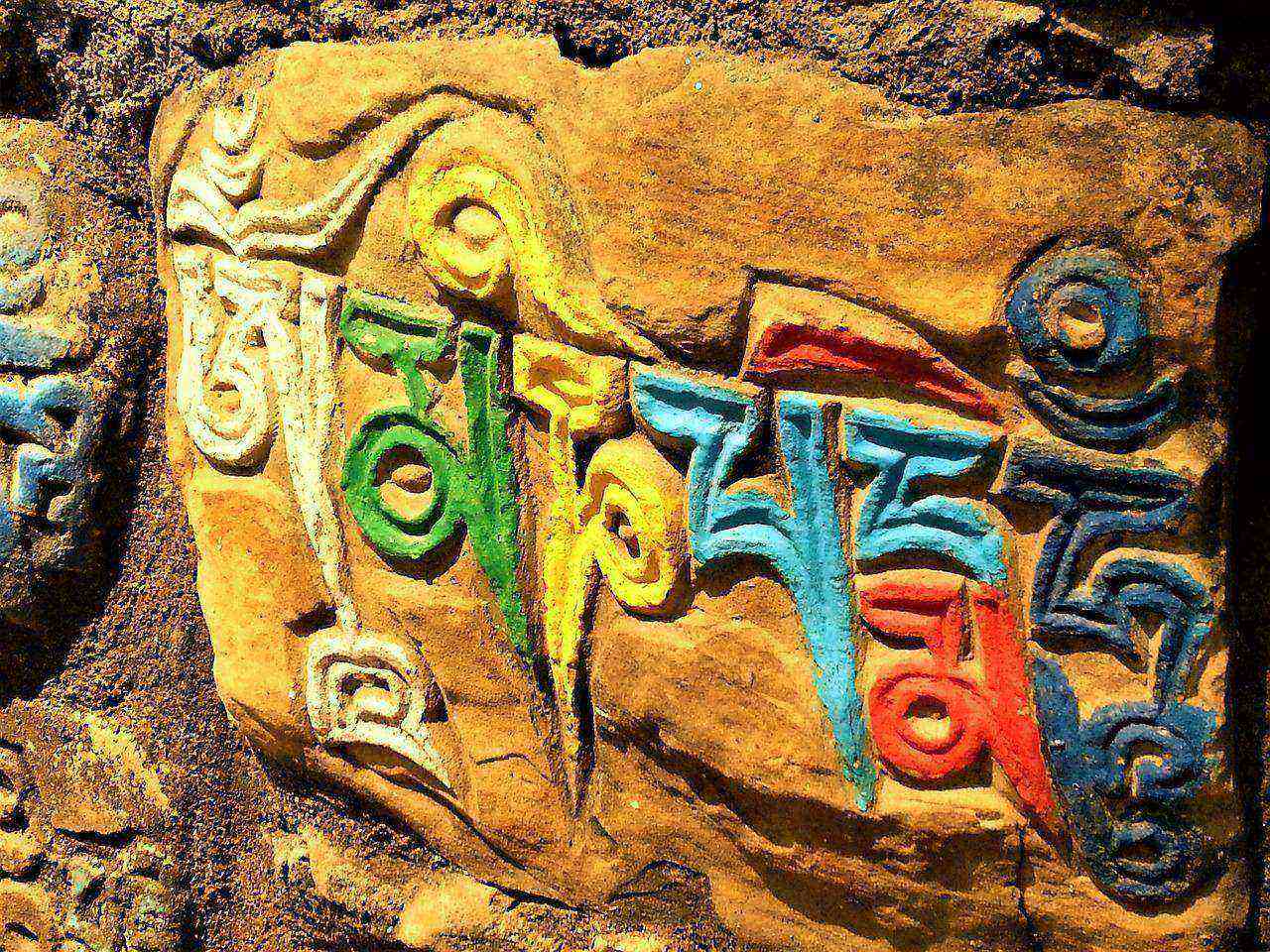The Relationship Between Buddhist Theory and Practice
Yesterday, we discussed the correlation between the Buddhist worldview and modern life. Despite time constraints and my limited knowledge of the topic, let's proceed with today's discussion. It's undeniable that many elements of Chinese culture have permeated the United States through diverse channels, and we are merely a small part of this cultural wave.
Today's talk centers on the relationship between Buddhist theory and practice. This is a vast topic, and I am apprehensive about my ability to do justice to it, but I will endeavor to give my best effort.
Three Turns of the Wheel of Dharma
As you all may know, Buddhism originated from the teachings of the Buddha Shakyamuni, whose entire teaching is divided into major phases, which are called the Three Turnings of the Wheel of Dharma. In the first Turning, he discussed the Four Noble Truths of Theravada Buddhism - the truth of suffering, its cause, its cessation, and the path to its cessation. In the second Turning, he expounded on the concepts of Paramita and Shunyata, which form the bulk of the Madhyamaka teachings that we are studying now. In total, the Buddha taught Buddhadharma for 48 years, with 24 years dedicated to teaching Paramita and Shunyata. Finally, in the Third Turning of the Wheel of Dharma, the Buddha taught about Cittamatra (Weishi: Nothing but Consciousness) and Tathagatagarbha (Buddha-nature), which describe the fundamental nature of all phenomena.
The Paramita taught in the Second Turning of the Dharma Wheel represents the essence of all Dharmas or phenomena. The primary difference between the second and third turnings is that the former focuses on Emptiness, while the latter emphasizes Luminosity as the other aspect of Emptiness. It is common for people to misunderstand Emptiness in the Second Turning of the Dharma Wheel, assuming it means that there is nothing at all. However, this is not the case, as Luminosity is the other aspect of Emptiness. It's essential to note that Luminosity doesn't refer to lights radiating from light bulbs, the sun, or the moon, and it is difficult to describe precisely using human language. Nevertheless, there are other terms used to describe it, such as Awareness, Inherent Enlightenment, and the Nature of Mind.
Three Pitakas
Buddhism's most fundamental and original theory is based on the teachings passed down by the Buddha. It's important to note that the Buddha did not invent the laws that describe phenomena, but instead discovered them and shared his findings through his teachings, which form the basis of Buddhism's original theory.
Over time, Bodhisattvas and great masters who followed the Buddha wrote a vast number of treatises that elaborated on his teachings. For example, Bodhisattva Asanga, a great Indian master of Buddhist philosophy and a direct disciple of Maitreya, recorded the Five Treatises of Maitreya. Asanga is said to have followed Maitreya to the Inner Palace of Tushita, where he documented the teachings of the Five Treatises.
Another notable example is Xuanzang's "Demonstration of Nothing But Consciousness," a significant work of Yogacara that elaborates on Buddhist philosophy.
Treatises written by Bodhisattvas and great Indian masters are called Abhidharma, while teachings directly imparted by the Buddha are referred to as Sutra. Vinaya refers to the dedicated set of disciplines that the Buddha Sakyamuni established for Buddhist practitioners. These three - Sutra, Abhidharma, and Vinaya - are collectively known as the three pitakas, which form an integral part of Buddhist theory.
Buddhist Theory and Practice
Buddhist theory encompasses both teachings and practices. Teachings form the theoretical aspect of Buddhism, while practices provide the practical means to fully comprehend Buddhist theory, such as through meditation. The Buddhist theory is a collection of teachings and practice methods that are preserved in three languages: Pali for Theravada, Chinese for Han Buddhism, and Tibetan for Mahayana and Vajrayana (Tantrism). Overall, the three pitakas, along with teachings and practices, constitute the core of Buddhist theory, which aims to guide individuals towards a path of liberation from suffering.
Today, my focus will mainly be on the practice methods of Chinese (Han) Buddhism and Tibetan Buddhism, as these are both part of the Mahayana tradition - which we all follow. While some of my American friends may not identify as Buddhists, I encourage you to view this talk as an opportunity to gain knowledge about Buddhism. The content we will cover may be challenging to grasp, as it will delve into specific methods of practice regarding Emptiness.
I understand that some of my American friends may think to themselves, "We do not even know what Buddhism is, so why start with something so deep?" However, I believe it is important to cater to those who are listening online, as they have been studying and practicing Buddhism for many years. Today, as we discuss the relationship between Buddhist theory and practice, I would like to take this opportunity to talk about how theoretical teachings can be translated into specific practice methods. We will also discuss potential mistakes and pitfalls that one may encounter while practicing. I hope this will serve as a booster for those who have been studying and practicing Buddhism for some time.
Mahayana Buddhism is predominantly practiced and taught in China and Tibet, and it consists of Three Pitakas and Twelve Categories of Buddhist Scriptures. The Three Pitakas include Sutra, Vinaya, and Abhidharma, which were taught by Buddha Shakyamuni and recorded by his disciples. Abhidharma, on the other hand, is a collection of works written and taught by Bodhisattvas and great Indian masters. The Twelve Categories of Buddhist Scriptures are teachings that Buddha imparted to different sentient beings based on their capacities and needs.





